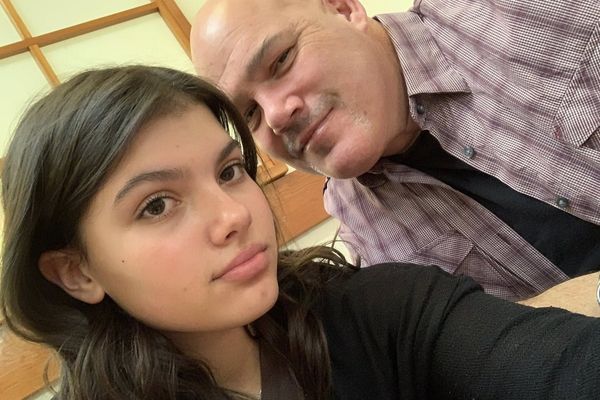
Like so many composers born in the 1880s, Thomas de Hartmann found the course of his career was largely shaped by world events. Born in Ukraine in 1884, he studied in St Petersburg with Arensky, Lyadov and Rimsky-Korsakov, and had an early success there with his brilliantly coloured full-length ballet The Red Flower (a suite from which Kirill Karabits conducted with the Bournemouth orchestra last autumn). In the years up to the outbreak of the first world war, Hartmann had a career as a conductor and pianist as well as a composer, dividing his time between Russia and Munich, where he had become a friend of Rainer Maria Rilke and Wassily Kandinsky. Hartmann collaborated with the painter on a number of stage projects, but the modernism of Kandinsky and the Blaue Reiter group had only a passing influence on his music, which remained firmly rooted in Russian Romanticism.
But his encounter with the philosopher George Gurdjieff during the first world war had a more permanent impact; Hartmann and his wife became part of Gurdjieff’s entourage, following him around Europe during the 1920s, and it encouraged the composer to look at music outside the western tradition, too. However, by the time the two concertos on this disc were composed – the cello work in 1935, the violin eight years later – the couple were settled in France.
Of the two, the violin concerto is unquestionably the stronger work, composed during the Nazi occupation and intended by Hartmann as a lament for the devastation that war had brought to his native Ukraine. Recorded in Warsaw with the International Symphony Orchestra Lviv conducted by Dalia Stasevska, it gets a powerfully intense performance from Joshua Bell. Matt Haimovitz is a persuasive enough soloist in the cello concerto too, but it’s the later work that makes the more convincing case for reviving De Hartmann’s music.
Listen on Apple Music (above) or on Spotify







